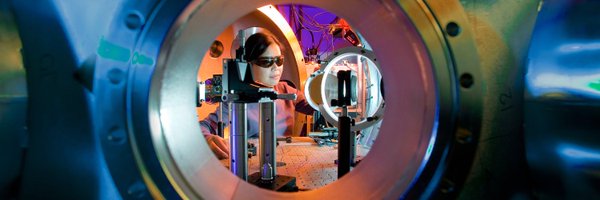 (AGENPARL) - Roma, 2 Settembre 2022
(AGENPARL) - Roma, 2 Settembre 2022(AGENPARL) – ven 02 settembre 2022 A weekly compendium of media reports on science and technology achievements at Lawrence Livermore National Laboratory. Though the Laboratory reviews items for overall accuracy, the reporting organizations are responsible for the content in the links below.
LLNL Report, Sept. 2, 2022
A field supervisor performs a final walk-through of Roving Mirror Diagnostic Enclosure 1 at the end of a facility maintenance and reconfiguration period.
Located at Lawrence Livermore National Laboratory, the National Ignition Facility’s mission is to achieve fusion ignition with high energy gain. It also aims to explore the behavior of matter under the conditions found within nuclear explosions.
Perhaps what makes it most notable, however, is that it’s the largest and most powerful inertial confinement fusion device built to date, and it hosts the world’s most energetic laser. This powerful laser also can simulate a planet’s core.
Most of the matter on earth exists at extreme temperatures and pressures. LLNL’s Rick Kraus describes how a laser such as NIF can be used to create those conditions.
New plasma optics could make it possible to boost the peak power of systems like the L3 HAPLS at ELI Beamlines Research Center in the Czech Republic. Photo courtesy of ELI Beamlines.
[You got the power](https://phys.org/news/2022-08-compact-high-power-laser-plasma-optics.html)
Lawrence Livermore researchers have designed a compact multi-petawatt laser that uses plasma transmission gratings to overcome the power limitations of conventional solid-state optical gratings. The design could enable construction of an ultrafast laser up to 1,000 times more powerful than existing lasers of the same size.
Petawatt (quadrillion-watt) lasers rely on diffraction gratings for chirped-pulse amplification (CPA), a technique for stretching, amplifying and then compressing a high-energy laser pulse to avoid damaging optical components. CPA, which won a Nobel Prize in physics in 2018, is at the heart of the National Ignition Facility’s Advanced Radiographic Capability as well as NIF’s predecessor, the Nova Laser, the world’s first petawatt laser.
With a damage threshold several orders of magnitude higher than conventional reflection gratings, plasma gratings “allow us to deliver a lot more power for the same size grating,” said former LLNL postdoc Matthew Edwards who is leading the project with LLNL Laser-Plasma Interactions Group Leader Pierre Michel.
[Read More](https://phys.org/news/2022-08-compact-high-power-laser-plasma-optics.html)
Map of the Western United States study area showing topography/bathymetry with WUS256 domain (outer thick black line), labeled major physiographic regions (black lines), plate boundaries (red lines), hotspots (yellow diamonds) and Pleistocene and Holocene volcanic centers (yellow squares and circles, respectively).
Lawrence Livermore scientists have created a new adjoint waveform tomography model that more accurately simulates earthquake and explosion ground motions.
Seismic tomography is a method to estimate the inaccessible three-dimensional (3D) seismic material properties of the Earth, specifically the speeds of compressional and shear waves related composition and temperature variations. It provides images of 3D structures that relate to plate tectonic processes as well as models to better represent seismic wave propagation through Earth’s complex structure.
Unlike typical seismic tomography models, this model uses fully three-dimensional wave propagation simulations to compute the sensitivity of observed seismograms to Earth structure, enabling more accurate simulations and better estimates of seismic source properties.
Evidence from the analysis of lunar samples suggest that although the Earth and moon formed from a giant impact, they mostly retained their primordial abundances of volatile elements, including water. Image by Adam Connell/LLNL.
[Earth holds water](https://www.focustechnica.com/where-on-earth-did-the-water-come-from/)
Earth’s supply of water is incredibly important for its ability to sustain life, but where did that water come from? Was it present when Earth formed or was it delivered later by meteorites or comets from outer space?

